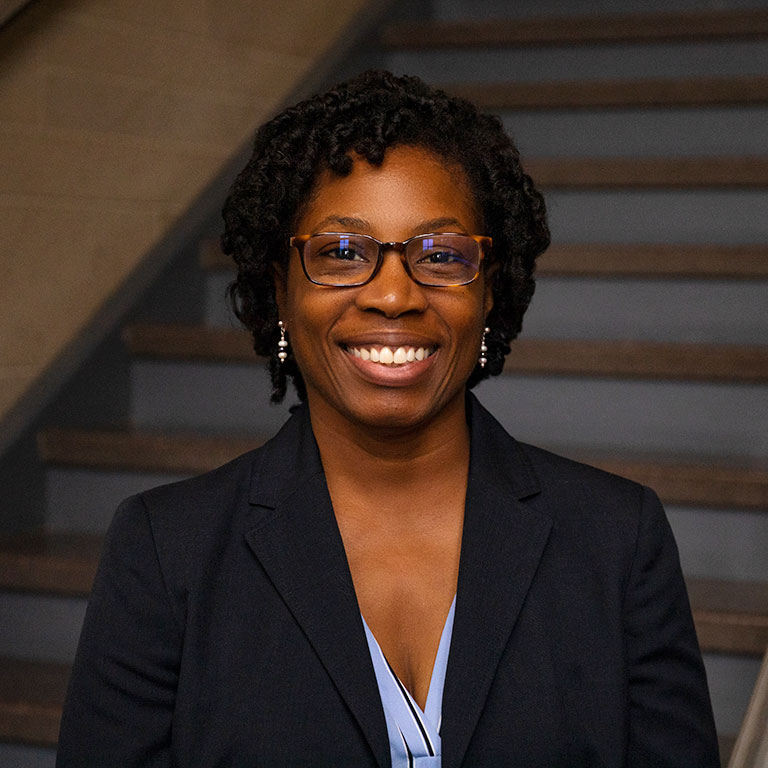In the late 1980s, Chicago public schools had high dropout rates and high levels of segregation. The majority of students were Black, with an increasing amount of Latino students and less than 10% white students. Chicago school desegregation was an important tool for students to attend high quality schools, but was highly ineffective in ending school segregation and inequality.
It’s a topic that still has implications in the present day. Dionne Danns, Professor of Educational Leadership and Policy Studies, delves into the experiences of over sixty graduates of the class of 1988 in three desegregated Chicago high schools in her newest book, Crossing Segregated Boundaries: Remembering Chicago School Desegregation, to be released on October 16.
Danns has written about Chicago public schools throughout her career. As she began to write about school desegregation in the city, she thought it would be important to hear about the experiences of graduates of desegregated schools from their perspectives.

“Scholars were just beginning to include more of the student voices in their research as I began this project in 2008,” she said. “I thought I could write about policy and student experiences in one book, but ended up with two books on Chicago desegregation.”
“Desegregation provided school choice, and participants of this study took the opportunity to go to higher quality schools than their neighborhood schools could deliver. Desegregation, the purposeful policies that brought students of different racial groups together, led to integration, the interaction that occurs when students are together in or are zoned to the same schools, largely because the students themselves pushed for it,” Danns continued. “Students were able to gain tolerance, learn from each other and make friends across racial and ethnic lines. For those how fully engaged, they were transformed from the experience.”


